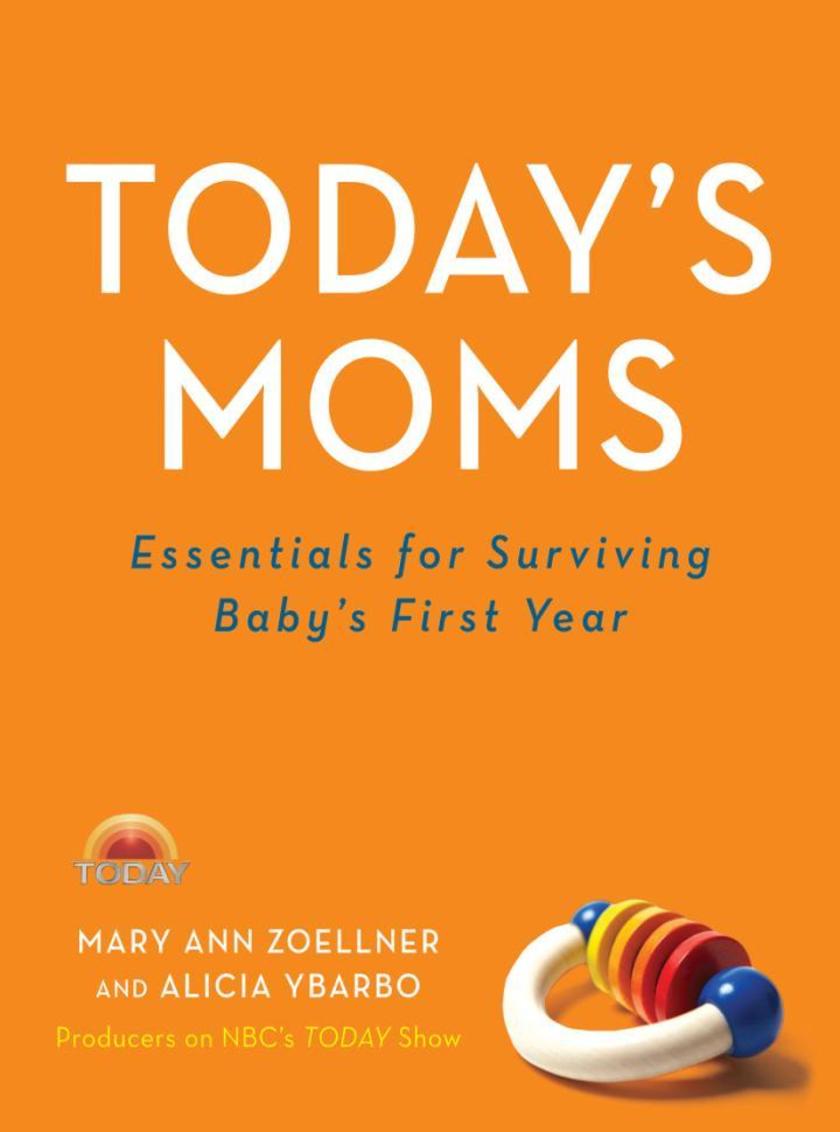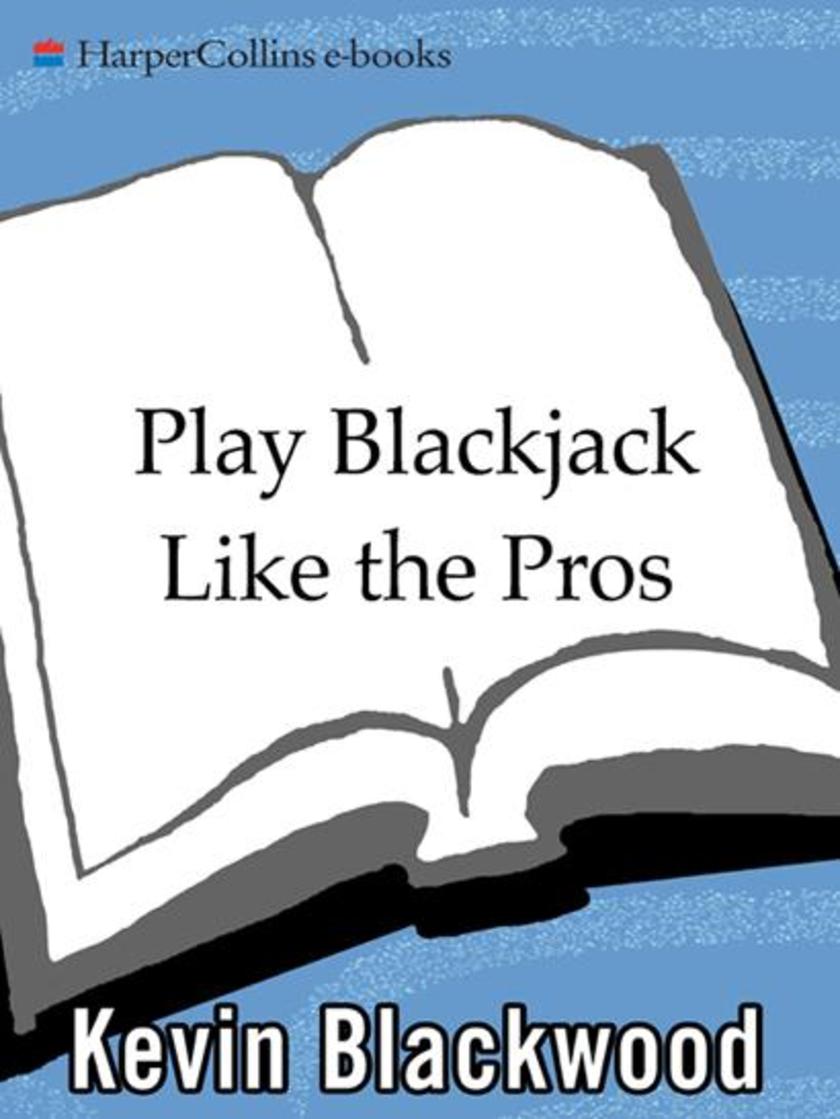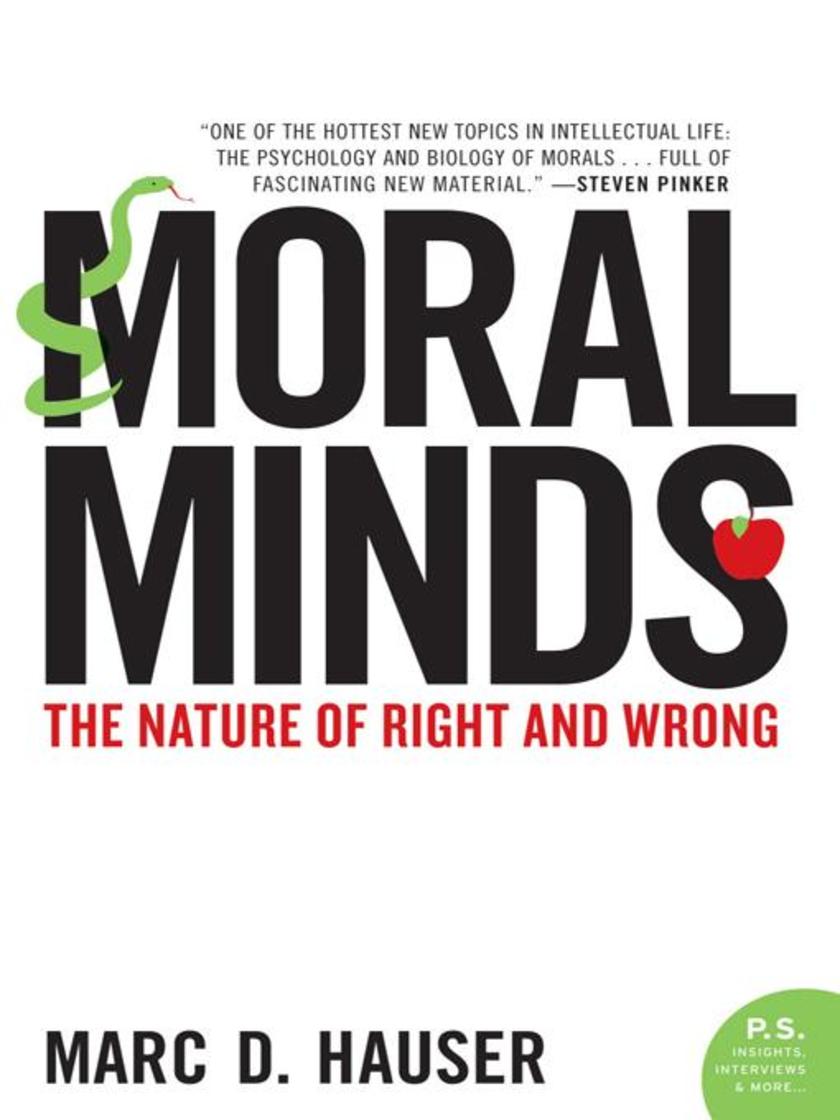
President Me
¥88.56
My fellow Americans,President John F. Kennedy once famously said, "Hey, is that blond intern eighteen yet?" He also said, "Ask not what your country can do for you, but what you can do for your country."We've changed a lot since JFK asked us all to pitch in. We've become a nation of narcissistic, yoga-mat-toting, service-dog-having, absentee dads and gluten-free, hand-wringing, hypochondriac moms of overcaffeinated (yet somehow still lazy) twerking tweens. And our government is an inept bureaucracy incapable of doing anything except getting in our wallets and in our way. We've got to get it together, America.That is why I, Adam Carolla, hereby declare myself Candidate Carolla. The tome you hold in your hands is a statement of my intent to whip our country back into fighting shape, to eliminate the "what are you going to do for me?" mentality that has invaded our country.President Me is my manifesto, my vision for a better place . . . free of Big Government, barefoot fliers, lazy hipsters who'd rather "Occupy" than work, and the other things that are bringing our country down. With my cabinet appointees, my list of worthy and necessary presidential ManDates, and tons of great ideas for fixing our health care, education, energy, and even national parks systems . . . behold an America we can be proud of. The America I see in my head.You're welcome in advance.Your future leader,Adam

All or Nothing
¥95.39
"Remember, it's not just about the food—it has to be an experience." Thirty-one-year-old Jesse Schenker has rocketed to the top of the culinary world. An Iron Chef winner and a James Beard nominee, he was voted Best New Chef by New York magazine, and his acclaimed Recette was named Best New Restaurant by the New York Times. Manhattan magazine has called him "a boy wonder . . . young, hungry, and talented," while Zagat has hailed him as a "wunderkind." But Jesse's epic rise masks a little-known past filled with demons and obsession, genius and mania. "For as long as I can remember, I've had this unquenchable thirst to keep moving, going, and doing. I've never felt comfortable in my own skin and have always needed an outlet for that uneasiness." Jesse first found that outlet in the South Florida kitchens where he showed great promise as a teenager, but it was in those same kitchens that he was introduced to the world of hard drugs. He was fourteen when he first got arrested and seventeen when he became physically addicted to Oxycontin. Becoming a high school dropout addicted to heroin and crack, alienated from his family and wanted by the cops, by the age of twenty-one Jesse had overdosed and nearly been beaten to death while robbing, cheating, and lying to everyone in his life. After getting arrested and going to jail, Jesse got clean and slowly put back together the pieces of his fractured life, ultimately channeling the same energy that had earlier fueled his addiction into making a name for himself in the fast-paced, competitive New York restaurant scene. In this startling and down-to-earth memoir, he lays it all on the table for the first time, coming clean about his insatiable appetite for the extreme—which has led to his biggest triumphs and failures—and shares the shocking story of his turbulent life. All or Nothing is a candid exploration of the manic culture of some of the world's most celebrated kitchens. A drug-fueled, anxiety-ridden epic, it reads like a rollicking rock-and-roll memoir—with amazing food.

The Explosive Child
¥99.65
Screaming, swearing, crying, hitting, kicking, spitting, biting...these are some of the challenging behaviors we see in kids who are having difficulty meeting our expectations. These behaviors often leave parents feeling frustrated, angry, overwhelmed, and desperate for answers. In this fully revised and updated book, Dr. Ross Greene helps you understand why and when your child does these things and how to respond in ways that are nonpunitive, nonadversarial, humane, and effective.Dr. Greene describes how best to: Understand the factors that contribute to challenging episodes. Identify the specific situations in which challenging episodes are likely to occur. Reduce or eliminate challenging episodes by solving the problems that cause them. Solve problems collaboratively (rather than unilaterally) and proactively (rather than reactively). Help your child develop the skills to be more flexible, solve problems, and handle frustration more adaptively. Reduce hostility and antagonism between you and your child. With Dr. Greene's practical, expert guidance, you and your child will forge a new relationship based on communication and mutual respect.

Today's Moms
¥95.39
Two producers of Today share their experiences and wisdom on baby's first year, along with priceless advice and anecdotes from the anchors and experts on America's number-one morning show.Being a new mother can be extremely nerve-racking and exhausting, and many moms find parenting advice, comfort, and humor on the Today show. Now all that advice and more is collected in Today's Moms, a one-stop guide to everything a new mother needs to know about her baby's first year, from the best breastfeeding products to reclaiming fun and intimacy with her partner after the baby. Full of behind-the-scenes stories with moms and experts, Today's Moms provides the most up-to-date news and information with easy, entertaining ways to help mothers keep their sanity. And it's all medically reviewed by NBC medical experts Dr. Nancy Snyderman and Dr. Tanya Benenson.Contributors include Meredith Vieira, Ann Curry, Matt Lauer, Al Roker, Kathie Lee Gifford, and many others. Written in a friendly and accessible tone, with straightforward, honest advice and expert information, Today's Moms will help all moms feel more confident about their first year of motherhood.

Law of the Jungle
¥96.50
Truth be told, they were mostly in it for the money On February 13, 2003, a plane carrying three American military contractors on a recon patrol crash-landed in the jungle-covered mountains of Colombia. Within minutes, FARC guerrillas swarmed the wreckage and killed the American pilot and a Colombian crew member as they tried to escape. The survivors Marc Gonsalves, Keith Stansell, and Thomas Howes were marched at gunpoint into the rain forest. They would live in constant darkness under the jungle canopy as they faced starvation, fights with fellow hostages, and threats of execution often with their necks shackled together.The Colombian government sent 147 soldiers to rescue the Americans. Led by a bold yet corpulent lieutenant, the troops spent weeks subsisting on monkey meat and Amazon rodents as they chased the guerrillas deeper into the jungle. But then a soldier on a bathroom break stuck his machete into the ground and pulled out 20 million pesos, equaling $7,000. Pretty soon, the young, poor, and exhausted troops realized they had stumbled upon a buried rebel cache of $20 million. Within three days, the GIs burned through their newfound fortune, splurging on booze, sex, and flat-screen televisions. And though the money brought pleasure, for many of the soldiers it would end in criminal prosecution or even death by FARC hit men.Law of the Jungle places the Colombian hostage story in its full context by exploring the inner workings of the FARC, the U.S.-backed war on drugs, and Colombia's efforts to free the rebel-held prisoners. John Otis, a veteran journalist on the Latin American beat, spins an edge-of-your-seat adventure narrative that offers a shocking cautionary tale about the pursuit of fortune in one of the world's most dangerous places.

HappyBaby
¥106.61
A healthy baby is a HAPPYBABY!From the most respected names in parenting come this definitive book on child rearing the all-natural way. HappyBaby combines decades of medical expertise from Dr. Robert W. Sears, renowned doctor in the Sears family of pediatricians, with the nutritional know-how of Amy Marlow, registered dietitian for the popular HAPPYBABY line of organic baby food. Look no further than between the pages of this jam-packed guide to find answers to critically important questions in the life of your baby, such as: What should I eat when nursing my baby to ensure the most nutritional feedingsWhat simple tips can help me manage the inevitable stress that comes with a new baby in the houseI'm worried about toxins in my baby's nursery. How can I green the new roomWhen do I introduce my child to solid foods, and how can I do it in a safe and fun wayHow can I develop healthy eating habits in my childrenThis groundbreaking book offers a proactive, harmonious approach to parenting that's easier, greener, and just plain better for your precious infant or toddler.

Ready, Set, Grow!
¥88.56
Ready, Set, Grow!Young girls before the onset of puberty have a curiosity abouttheir soon-to-be changing bodiesthat needs addressing in a simplerway than for their older sisters. In Madaras's proven, trust-worthy,friendly voice and style, this entirelynew book now brings them thesame kind of thoughtful, down-toearthinformation but at a readingand comprehension level that's just right for them.Responding throughout to reallifequestions and observationsfrom younger girls, Madarasexplores the changes that arehappening, or about to happen, tothem, including: the developmentof breasts, body hair, and bodyfat; the changes in their reproductiveorgans, both inside and out;their first period and all the complexfeelings surrounding it; theunwelcome appearance of acneand new body odors; and, perhapsmost important, how to respectand celebrate their unique bodies,even when the outside world isnot always so accepting.Lively cartoon drawings throughoutmake the book not only helpful,but fun to read, too.

Beethoven
¥83.92
Ludwig van Beethoven (1770-1827) was a genius so universal that his popularity, extraordinary even during his lifetime, has never ceased to grow. It now encircles the globe: Beethoven's most famous works are as beloved in Beijing as they are in Boston.Edmund Morris, the author of three bestselling presidential biographies and a lifelong devotee of Beethoven, brings the great composer to life as a man of astonishing complexity and overpowering intelligence. A gigantic, compulsively creative personality unable to tolerate constraints, he was not so much a social rebel as an astute manipulator of the most powerful and privileged aristocrats in Germany and Austria, at a time when their world was threatened by the rise of Napoleon Bonaparte.But Beethoven's achievement rests in his immortal music. Struggling against progressive, incurable deafness (which he desperately tried to keep secret), he nonetheless produced towering masterpieces, such as his iconic Fifth and Ninth symphonies. With sensitivity and insight, Edmund Morris illuminates Beethoven's life, including his interactions with the women he privately lusted for but held at bay, and his work, whose grandeur and beauty were conceived "on the other side of silence."

Play Blackjack Like the Pros
¥95.39
Professional blackjack player Kevin Blackwood shares his million-dollar winning strategies for mastering the odds and consistently beating the house at their own game. Play Blackjack Like the Pros is the requisite introduction to the modern game of blackjack, including high and low stakes casino, shoe games (several decks shuffled together), online, and tournaments. Blackwood begins with the basic rules of play and then moves on to teach his proven card-counting method, broken-down into three levels: novice, recreational, and professional. He also covers camouflaging techniques (it's perfectly legal to count cards, but if the house catches you they will kick you out), money management, and team play. Blackwood includes many stories of his and other professionals' triumphs at the tables and keeps the highly technical language that bogs down most gaming books to an absolute minimum. Play Blackjack Like the Pros is written in the style of Phil Hellmuth's Play Poker Like the Pros using easy-to-understand lessons that all levels of players can quickly benefit from. Blackwood is one of the world's top card counters. He began with only a few hundred dollars and has won over a million playing blackjack. In Play Blackjack Like the Pros he demonstrates how to earn over $10,000 a month from just a few days work. Blackjack is set to balloon in popularity. Ben Mezrich's book on the MIT card counting team Bringing Down the House was on the New York Times bestseller list for weeks and is being made into a movie staring Kevin Spacey. Blackjack Tournaments are growing in popularity with many of the top casinos offering large prize pools. Online Blackjack is currently a multi-million dollar industry. Blackwood keeps the highly technical language that bogs down most gaming books to an absolute minimum. Foreword by Stanford , author of Professional Blackjack and the master of modern card counting.

Sleepless in America
¥83.03
Does your child Refuse to cooperate in the morningGet into trouble for not listening"Lose it" over seemingly insignificant issuesSeem to resist sleepAn estimated 69 percent of American infants, children, and teens are sleep deprived. Studies have shown that sleep deficits can contribute to hyperactivity, distraction, forgetfulness, learning problems, illness, accidents, and disruptive behaviors. Often what our misbehaving kids really need isn't more "consequences" or more medication but more sleep.Sleepless in America offers weary and frustrated parents a helping hand and an exciting new approach to managing challenging behaviors by integrating research on stress, sleep, and temperament with practical strategies and a five-step approach that enables parents to help their "tired and wired" children get the sleep they so desperately need.

The Heisman
¥145.69
Close your eyes and picture the Heisman Trophy. The form is easyto conjure, a graceful, fluid posethat is football past and football present in one dignified figure ...The story of the Heisman Trophyis an american epic.-- from the PrefaceNo sport in America can match the pageantry, raw emotion, and thrilling tradition of college football. It is a world in which a twenty-year-old kid can become a national sensation overnight, in which coaches are deified and rivalries burn white-hot.And in this world, there is no individual award so revered as the Heisman Trophy. Every yearsince 1935, one player has run, thrown, or kicked his way into the pantheon of American sport. From Nile "The Cornbelt Comet" Kinnick in the '30s, West Point's legendary backfield of Doc Blanchard and Glenn Davis in the '40s, and Paul Hornung in the '50s to Ernie Davis, the Jackie Robinson of college football, miracle worker Doug Flutie, and modern-day Sunday warrior Eddie George, the history of the Heisman gives us insight into the heart of America through the lives of the heroes that entranced an entire nation for one brilliant season. Extraordinary in ways that transcend athletic ability, Heisman winners have gone on to become war heroes, Fortune 500 CEOs, and high-level politicians.As John Heisman himself once said, the Heisman Trophy "is meant to exemplify the grandeur of a thousand men." Here within these pages are intimate portraits of some of the winners who also exemplify the grit and glory of America's beloved game and of the coaching giants such as Bear Bryant, Woody Hayes, and Red Blaik, who inspired the winners to achieve.Told in the evocative words of Pulitzer Prize nominated journalist Bill Pennington, their heart-stopping experiences on the field and off will have Americans enthralled until the final page is turned.

Shop Smart, Save More
¥78.55
These days the cost of food and other basic necessities is going through the roof. Teri Gault's groundbreaking website, <"http://www.thegrocerygame.com/">www.TheGroceryGame.com, has already helped millions save serious money. And now she shares the secrets to sensible shopping in one essential volume, so you can feed your family and take care of their needs for thousands of dollars a year less! Shop Smart, Save More provides step-by-step instructions on how to: find and shop the right stores decode "Everyday Low Prices" and other grocery store lingo master the science of coupons organize your shopping list stockpile effectively recognize bogus "bargains" and anticipate real sales go green for less green . . . and much, much more!

Fifth Avenue, 5 A.M.
¥88.56
Audrey Hepburn is an icon like no other, yet the image many of us have of Audrey dainty, immaculate is anything but true to life. Here, for the first time, Sam Wasson presents the woman behind the little black dress that rocked the nation in 1961. The first complete account of the making of Breakfast at Tiffany's, Fifth Avenue, 5 A.M. reveals little-known facts about the cinema classic: Truman Capote desperately wanted Marilyn Monroe for the leading role; director Blake Edwards filmed multiple endings; Hepburn herself felt very conflicted about balancing the roles of mother and movie star. With a colorful cast of characters including Truman Capote, Edith Head, Givenchy, "Moon River" composer Henry Mancini, and, of course, Hepburn herself, Wasson immerses us in the America of the late fifties before Woodstock and birth control, when a not-so-virginal girl by the name of Holly Golightly raised eyebrows across the country, changing fashion, film, and sex for good. Indeed, cultural touchstones like Sex and the City owe a debt of gratitude to Breakfast at Tiffany's. In this meticulously researched gem of a book, Wasson delivers us from the penthouses of the Upper East Side to the pools of Beverly Hills, presenting Breakfast at Tiffany's as we have never seen it before through the eyes of those who made it. Written with delicious prose and considerable wit, Fifth Avenue, 5 A.M. shines new light on a beloved film and its incomparable star.

Jane and the Damned
¥83.92
Jane Austen Novelist . . . gentlewoman . . .Damned, Fanged, and Dangerous to know. Aspiring writer Jane Austen knows that respectable young ladies like herself are supposed to shun the Damned the beautiful, fashionable, exquisitely seductive vampires who are all the rage in Georgian England in 1797. So when an innocent (she believes) flirtation results in her being turned by an absolute cad of a bloodsucker she acquiesces to her family's wishes and departs for Bath to take the waters, the only known cure.But what she encounters there is completely unexpected: perilous jealousies and further betrayals, a new friendship and a possible love. Yet all that must be put aside when the warring French invade unsuspecting Bath and the streets run red with good English blood. Suddenly only the staunchly British Damned can defend the nation they love . . . with Jane Austen leading the charge at the battle's forefront.

Something Old, Something New
¥84.16
The citizens of Henry Adams are starting to take bets will Lily Fontaine and Trent July finally tie the knotAll they want is a nice, simple wedding, but their well-meaning neighbors are turning the no-fuss affair into the event of the decade. Bernadine, the town's fairy godmother, wants Lily to have a storybook wedding fit for a princess, and Lily's nine-year-old foster son is campaigning to be town preacher so he can officiate at the ceremony. Trouble multiplies when Trent is called on to help a new family move to town, not to mention Lily and Trent's task of blending their families together. With the bustle of the tight-knit, and often tightly wound, friends and family pushing them to the breaking point, the couple begins to wish they'd eloped. But, as they'll soon be reminded, happiness in Henry Adams is meant to be shared.

The Freedom Manifesto
¥90.77
The author of How to Be Idle, Tom Hodgkinson, now shares his delightfully irreverent musings on what true independence means and what it takes to be free. The Freedom Manifesto draws on French existentialists, British punks, beat poets, hippies and yippies, medieval thinkers, and anarchists to provide a new, simple, joyful blueprint for modern living. From growing your own vegetables to canceling your credit cards to reading Jean-Paul Sartre, here are excellent suggestions for nourishing mind, body, and spirit witty, provocative, sometimes outrageous, yet eminently sage advice for breaking with convention and living an uncluttered, unfettered, and therefore happier, life.

Brutal
¥90.51
I grew up in the Old Colony housing project in South Boston and became partners with James "Whitey" Bulger, who I always called Jimmy.Jimmy and I, we were unstoppable. We took what we wanted. And we made people disappear permanently. We made millions. And if someone ratted us out, we killed him. We were not nice guys.I found out that Jimmy had been an FBI informant in 1999, and my life was never the same. When the feds finally got me, I was faced with something Jimmy would have killed me for cooperating with the authorities. I pled guilty to twenty-nine counts, including five murders. I went away for five and a half years.I was brutally honest on the witness stand, and this book is brutally honest, too; the brutal truth that was never before told. How could itOnly three people could tell the true story. With one on the run and one in jail for life, it falls on me.

The E-Myth Contractor
¥95.39
With The E-Myth Contractor, Michael E. Gerber launches a series of books that apply the E-Myth to specific types of small businesses. The first is aimed at contractors.This book reveals a radical new mind-set that will free contractors from the tyranny of an unprofitable, unproductive routine. With specific tips on topics as crucial as planning, money and personnel management, The E-Myth Contractor teaches readers how to: Implement the ingenious turnkey system of management a means of creating a business prototype that reflects the business owner's unique set of talents and replicating and distributing them among employees and customers. Recognise and manage the four forms of money income, profit, flow and equity. Harness the power of change to expand the company. The book also provides help on a larger level, leading readers towards becoming business visionaries by relinquishing tactical work and embracing strategic work, by letting go to gain control. Once put into action, Gerber's revolutionary ideas promise not only to help contractors build successful businesses, but successful lives as well.

Clinton in Exile
¥90.73
On January 20, 2001, the most powerful and arguably most ambitious man in the world relinquished the public stage, reluctantly, at the young age of fifty-four. Since then President Bill Clinton has moved in and out of the shadows of this "exile," leaving the millions who knew him to wonder: How has this man of such outsized talent and passions adjusted to leaving powerBased on more than 150 interviews with the former president's friends, associates, and sometime enemies, Clinton in Exile takes readers from Clinton's last hours in office, through his indulgent personal life and well-publicized humanitarian efforts, to his front-of-camera and behind-the-scenes coordination of his wife's presidential campaign. This is a fascinating and textured portrait of one of the most towering, intriguing, and deeply controversial figures of our time.

Moral Minds
¥95.52
In his groundbreaking book, Marc Hauser puts forth a revolutionary new theory: that humans have evolved a universal moral instinct, unconsciously propelling us to deliver judgments of right and wrong independent of gender, education, and religion. Combining his cutting-edge research with the latest findings in cognitive psychology, linguistics, neuroscience, evolutionary biology, economics, and anthropology, Hauser explores the startling implications of his provocative theory vis-à-vis contemporary bioethics, religion, the law, and our everyday lives.

Out of Captivity
¥101.00
On February 13, 2003, a plane carrying three American civilian contractors Marc Gonsalves, Keith Stansell, and Tom Howes crash-landed in the mountainous jungle of Colombia. Dazed and shaken, they emerged from the plane bloodied and injured as gunfire rained down around them. As of that moment they were prisoners of the FARC, a Colombian terrorist and Marxist rebel organization. In an instant they had become American captives in Colombia's volatile and ongoing conflict, which has lasted for almost fifty years.In Out of Captivity, Gonsalves, Stansell, and Howes recount for the first time their amazing tale of survival, friendship, and, ultimately, rescue, tracing their five and a half years as hostages of the FARC. Their story takes you inside one of the world's most notorious terrorist organizations, going behind enemy lines with vivid and haunting imagery. Their words conjure a reality that few people have ever encountered from sleeping on beds literally carved out of the jungle to escaping Colombian military air strikes under the cover of darkness to being bound with steel chains by their captors. Describing backbreaking starvation marches and forced isolation, the authors chronicle their confrontations and interactions with the FARC guerrilla soldiers a motley crew of brainwashed, idealistic teenagers and seasoned vet-erans who've been around long enough to realize that the only way out of the FARC is in a body bag.Though the physical punishments their bodies endured were unrelenting, the psychological battles they waged were the ultimate test of their resolve. With candid detail, Gonsalves, Stansell, and Howes relate the perilous mental struggles they each experienced, as they grappled with feelings of guilt, fear, and anxiety for the families and lives they'd left behind. Exposing the transformative power of captivity, they show how they turned these fears into strengths, using their memories and their families, their pasts and their futures, to motivate them in their quest for survival. Despite the odds and the conditions, despite the chains and the silence, and despite the often tense relationships they experienced with their fellow Colombian hostages, they had one another, forging a bond that allowed them to cope with the horrific conditions of their confinement. This brotherhood enabled them to persevere through the worst that the FARC threw at them while always reminding them of their ultimate goal: freedom.A harrowing account of one of the longest civilian hostage crises in United States history, Out of Captivity is a remarkable and compelling exploration of how far three Americans were willing to go as they fought to stay alive for themselves, their families, and one another.




 购物车
购物车 个人中心
个人中心



